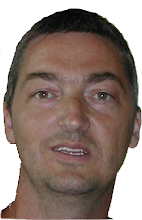
Well, Christmas is coming closer and its time I make some gifts. Last year I had some success with home made chocolates with cowberry filling. So I do the same over again this year. The picture shows my mould and a finished product. The mould is a Plastis ice cube tray from Ikea. I line the sides with melted chocolate, mix cowberry with sugar with a immersion blender and put some in the cavity, and cover it over with more chocolate.
I keep making mistakes, because I don't remember last year's mistakes, but hopefully I remember them next year. Anyway, I am happy about the result, and I plan to make a "Ikea style kit" for assembling a bowl with chocolates. Stay tuned!



















